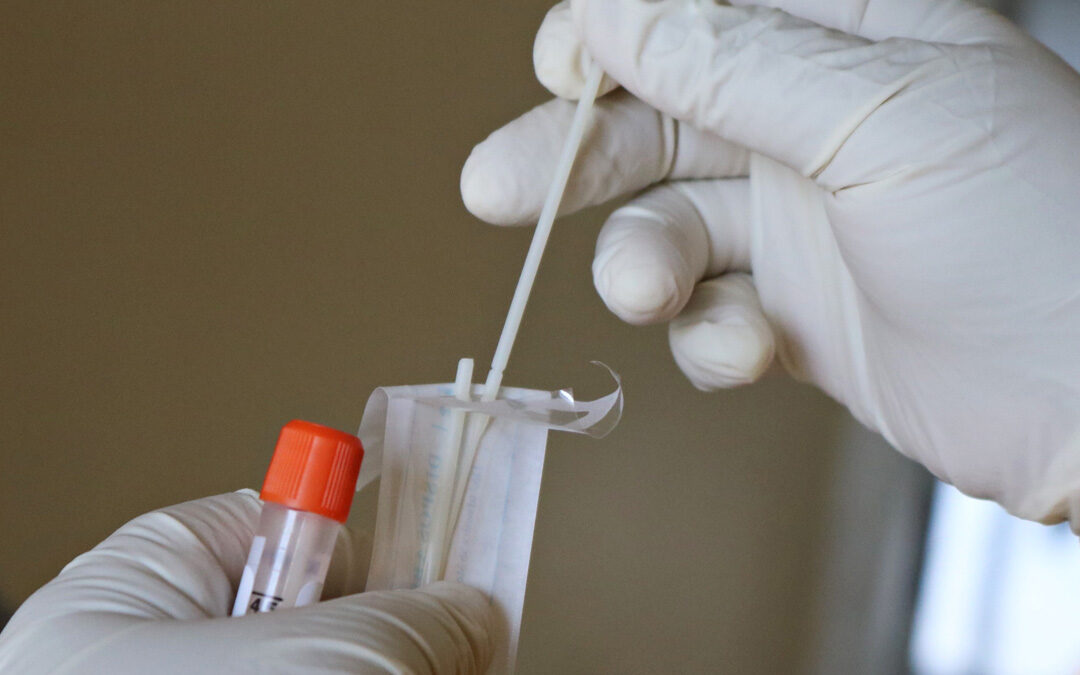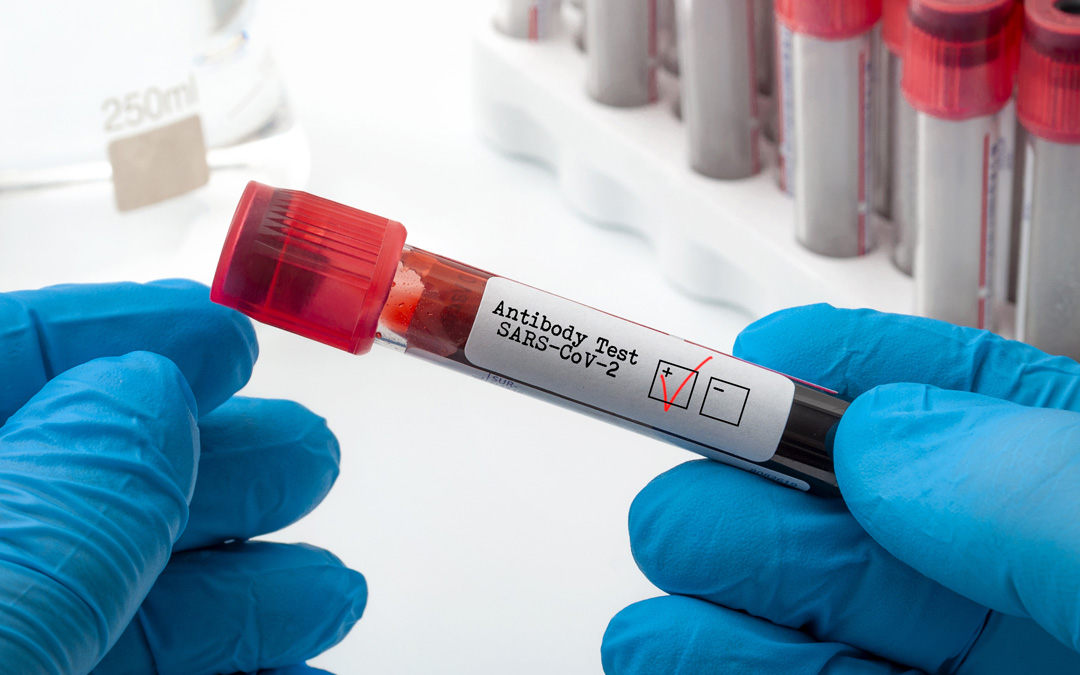The COVID era may be the first time in history when the general public is widely exposed to laboratory terms like PCR, RT-PCR, antigen, and antibody. From a laboratorian’s perspective, seeing these important techniques gain wider awareness in the public is one minor silver lining of this otherwise dismal time, but that doesn’t mean the terms are necessarily well understood. The goal of this blog, and the following blogs as part of a 3-part series, will be to explain the differences between the different types of COVID-19 testing, including benefits and drawbacks to each testing type. We’ll start first with RT-PCR testing.
PCR — more specifically RT-PCR — is generally considered the gold standard for COVID testing and detecting many other infectious diseases. The term stands for Polymerase Chain Reaction, while the RT part adds “Reverse Transcription.” Although it’s beyond the scope of this blog to go into great depth about how the technique works, it’s worthwhile to examine a few details of the terminology and the process to understand it a bit better and why it is the gold-standard test.
RT-PCR is a specific type of PCR that starts with an extra step to convert RNA to DNA. DNA, or deoxyribonucleic acid, is a double-stranded molecule that contains genetic code for the organism. RNA, or ribonucleic acid, is single-stranded and is involved in converting the information in DNA into the proteins needed for a variety of functions.
The Coronavirus is an RNA-based virus. Unlike humans and most other organisms, the core genetic material of COVID-19 is RNA rather than DNA. Standard PCR works on DNA, so a special step is necessary to first convert the RNA of the Coronavirus to DNA, a process known as “reverse transcription, abbreviated ‘RT’” (reverse because the more common type of transcription goes the other way, converting DNA to RNA).
After this RT step, standard PCR is performed. One important thing to understand about PCR is that, as the name implies, it consists of a “chain reaction.” One step leads to another, which leads to another, which leads to another, and so on, for typically at least 40 cycles. In the process of this series of chain reactions, massive amplification occurs, which means that a very tiny amount of initial viral material can be converted to a huge amount (relatively speaking) by the end of the reaction, i.e. trillions of times more than the initial starting material. This amplification results in a very high sensitivity, which is one of the two key features of any laboratory test — sensitivity and specificity. High sensitivity means that if the virus is present in the sample, it will almost always be detected even at meager amounts.
Specificity is equally important, but is, in a sense, the exact opposite of sensitivity. High specificity means that if a sample doesn’t contain any Coronavirus, the test will not detect the sample as positive, even if other closely related viruses are present. The high specificity of PCR has nothing to do with amplification but rather results from the fact that the “primers” used for the test — which are one of the critical “reagents” that found their way into common parlance in mid-2020 when there was a nationwide PCR reagent shortage — are designed with knowledge of the very specific RNA sequence of the virus. The regions of the RNA genome that are targeted are unlike those of any other virus in existence, so these primers will recognize only the SARS-CoV-2 virus, the particular strain of Coronavirus that causes COVID-19.
Therefore, PCR testing is the gold standard because it has a very high degree of both of the two most important features of any laboratory test — sensitivity and specificity. The high sensitivity is derived from the amplification process, while the high specificity results from the careful design of primers using the unique RNA sequence of the virus.
In partnership with Northwest Laboratory, ADx Health is proud to perform the RT-PCR test on all direct-to-consumer COVID-19 tests, offering the gold standard in testing for both drive-through and employer-based testing. Learn more here.




